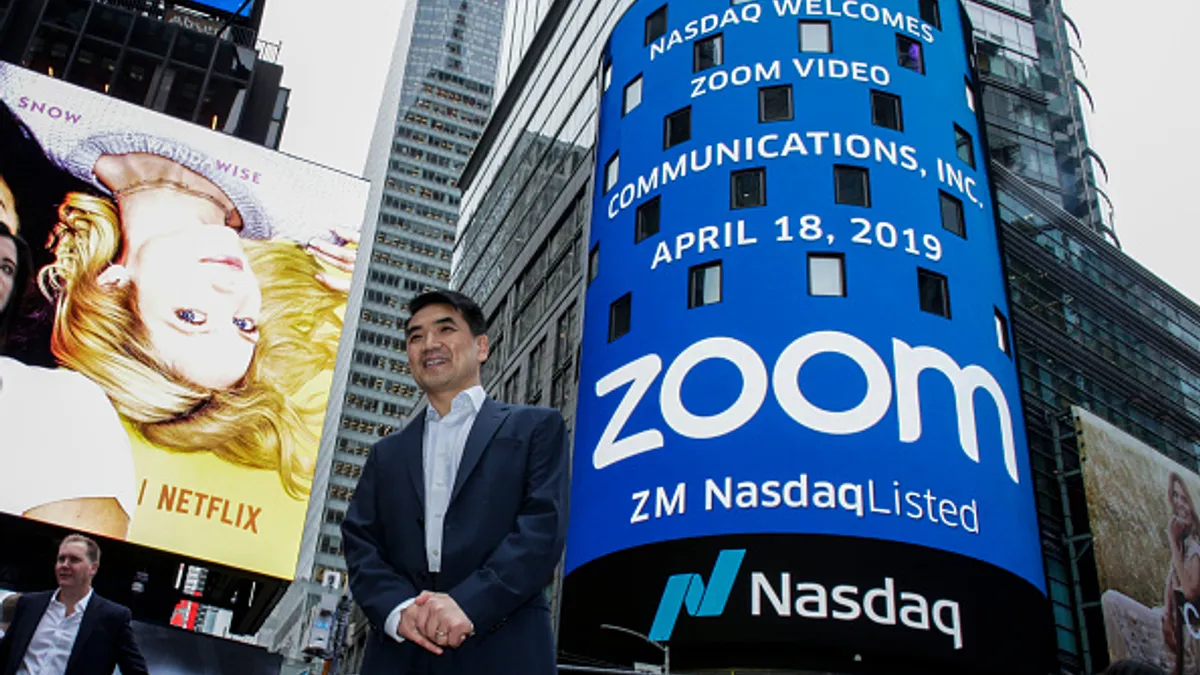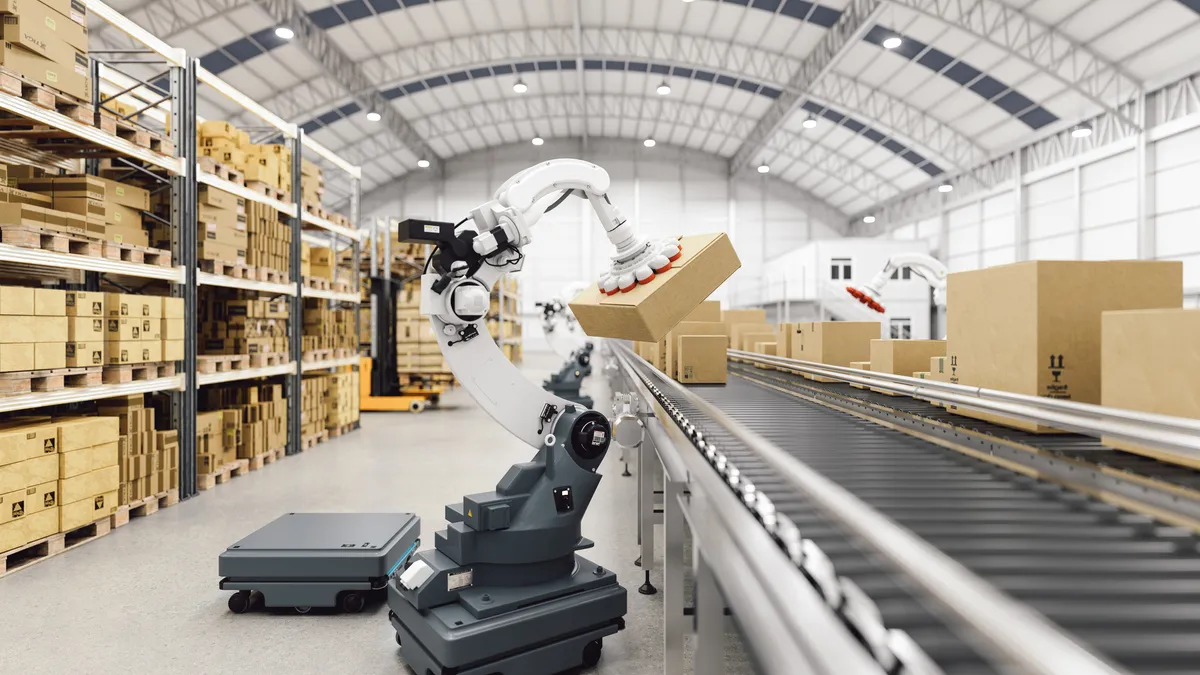In the face of rising costs and other economic headwinds, finance chiefs are still being asked to prepare their businesses for future growth — which includes carefully considering when to integrate new hardware or emerging technologies like artificial intelligence.
In considering AI, for example, one of the most important things finance chiefs are looking for is tools that can easily “plug into your existing infrastructure,” said Harminder Sehmi, CFO of edge computing solutions provider Blaize. The company provides AI-enabled solutions to drive lower cost computing and analytics, according to its website.
“As a CFO, you need to look for flexibility and scalability, and you need to look for solutions where [you] don't need to rip out everything in order to bring AI in,” he said in an interview.
Avoiding the expensive path
The decision to integrate a new technology, hardware or software, comes with a number of interlocking factors finance chiefs need to consider. Finance chiefs typically work with their IT counterparts to understand how the technology could be beneficial, but CFOs need to be sure they are getting answers to critical questions such as total cost.
That includes not just the original capital expenditure required to purchase the solution, but the future operating costs associated with running it, Sehmi said. Additionally, CFOs that are facing an uncertain economic environment want to be sure any new solution can work easily with their existing infrastructure — without the need for costly upgrades.
“As a CFO who is at the other end thinking about putting AI in, you don't want to make a bet that takes you very expensively down the wrong path,” he said.
A six-year alum of the El Dorado Hills, California-based company, Sehmi has served as its finance chief since November 2023, according to his LinkedIn profile. His past experience includes finance roles at telecom companies Truphone and Vodafone, as well as serving as senior finance director at Yahoo Europe.
Identifying the most cost-effective solutions is even more critical for finance chiefs as businesses face continued economic uncertainty. Although AI remains in the technology spotlight, companies — including Microsoft, one of the largest backers of ChatGPT creator OpenAI — have pulled back on AI spending in the face of ongoing tariff and other cost pressures, CFO Dive previously reported.
That puts more pressure on finance chiefs to find the right technology fits, meaning they have to be “intimately involved” in such decisions form the beginning.
“I've always believed that a CFO cannot do their job, or they're not doing their job fully if they're not fully engrossed as a business partner, not just to the CEO but to the management team,” Sehmi said. For CFOs to be able to report accurate results to the street or the Securities and Exchange Commission, they need to be part of tech discussions, he said.
Finding the right partners
Flexibility and scalability were also key things for Sehmi to track at Blaize as the company completed its transition to operating as a public entity. As AI continues to evolve, the timing felt right for Blaize to make the jump to a public company, Sehmi said.
Blaize went public in a special purpose acquisition merger in January with BurTech Acquisition Corp., and began operating under the name Blaize Holdings Inc., according to a press release.
Having the “right partners” was important for a smooth transition to a public company, including finding leaders for key areas such as legal and human resources — which previously fell under his purview as CFO, Sehmi said.
“You really need to rely on that team and then manage that team very carefully,” he said, noting Blaize went through the process “relatively unscathed.”
Blaize reported full-year results for its fiscal 2024 year in March, reporting net revenue of $1.6 million for the year compared to $3.9 million for its fiscal 2023, according to a press release. The company also narrowed its net loss to $61.2 million for fiscal 2024, a 30% decline compared to the net loss of $87.6 million for the prior year period.
The company’s goal is to continue to expand its pipeline, Sehmi said. As such, the finance chief and other leaders closely monitor watch macroeconomic trends, including the continued evolution of AI technologies.
For example, the emergence of tools such as DeepSeek have proved that AI models can be run on smaller data models, Sehmi said. The business is also keeping a close watch on tariffs, he said. Blaize’s chips are made in the U.S., but certain aspects of its supply chain are based in other markets such as Malaysia, he said.
The company is scheduled to report its Q1 2025 results on May 14.






















